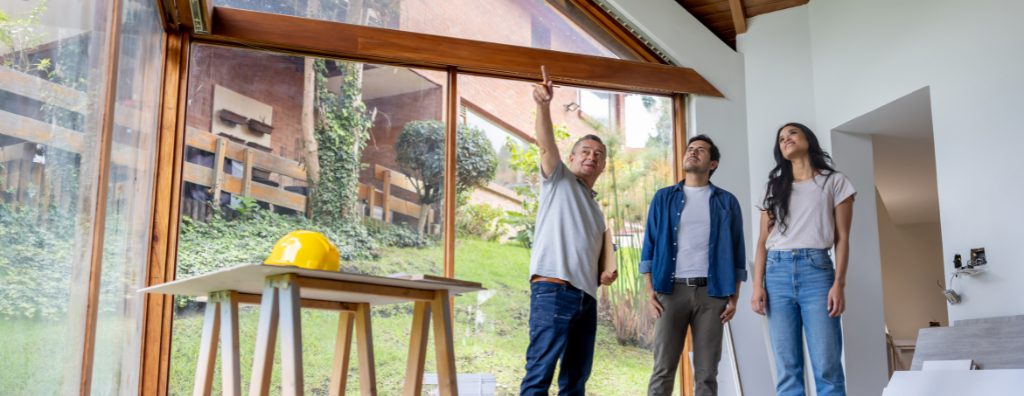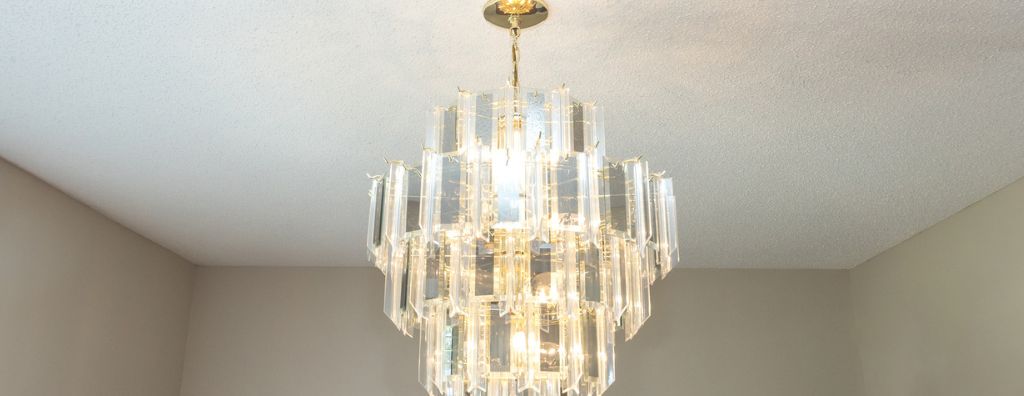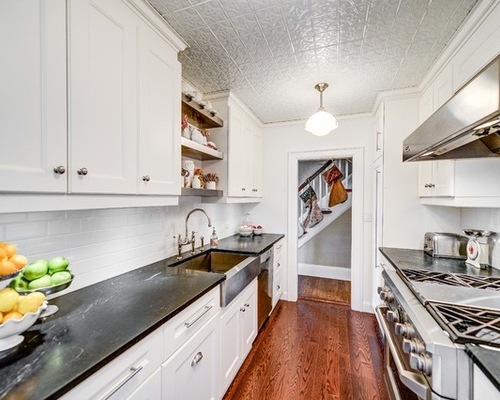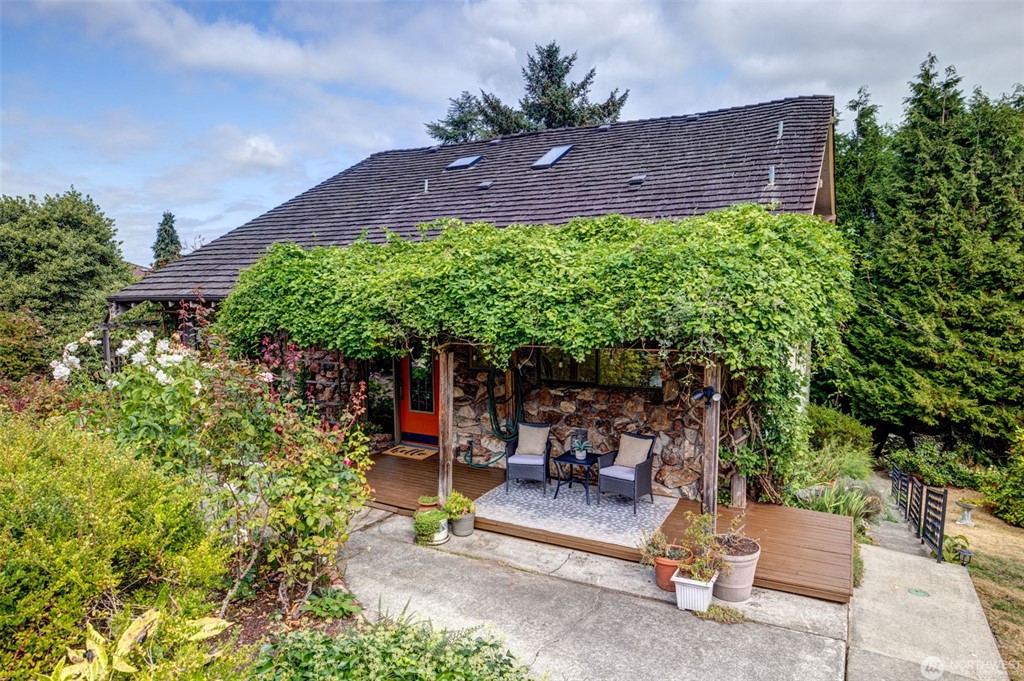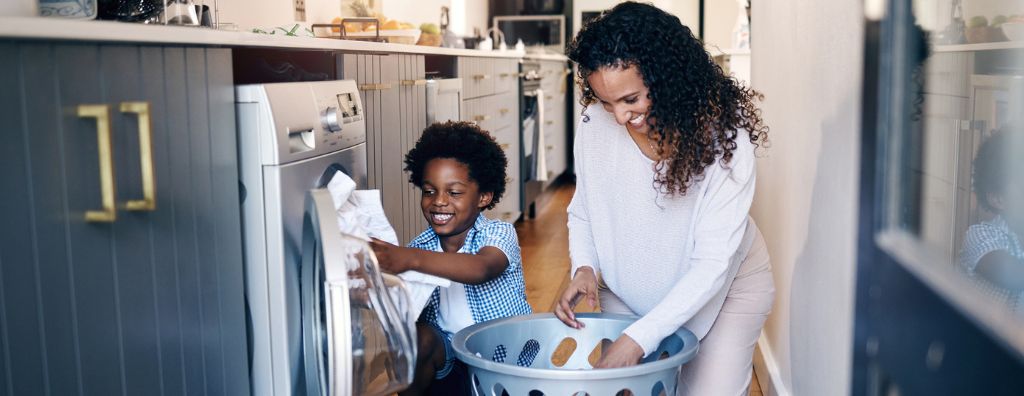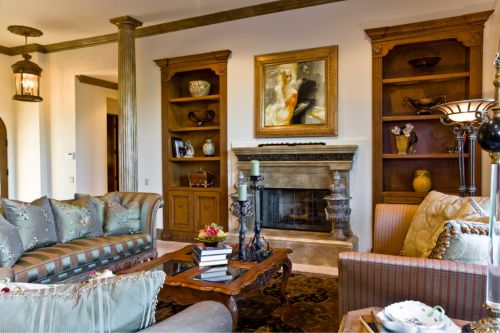Local Market Update – October 2025
The local market continued its swing towards balance in September as inventory maintained its upward trajectory. After several years of strong demand and rising costs, prices are beginning to moderate. Three out of four of our regional markets are now considered balanced — a notable shift from the frenzied pace of prior years. While prices remain relatively firm, expanding supply could eventually apply downward pressure if current trends persist.
With inventory growth and more stable prices heading into the fourth quarter, the next few months will reveal how buyers and sellers adapt. Whether buyers take advantage of broader selection may depend largely on shifts in interest rates (now at 6.3%) and the overall economic climate.
KING COUNTY
King County’s median residential sold price rose 1% year over year to $957,000, up slightly from $950,000. Active listings climbed 4% month over month and 26% year over year. Buyers appeared more willing to meet the increased supply as pending sales edged up 1% and closed sales increased 3%. In contrast, the county’s condo median price fell 6% year over year to $527,500, even as active listings increased 20%.
SEATTLE
Seattle’s median sold price for single-family homes grew 4% year over year, from $938,006 to $975,000. Active listings increased 12%, giving buyers more opportunities. Closed sales climbed 7%, while pending sales dipped 2%. To remain competitive, sellers had to adjust: 37% of homes sold after a price reduction. Meanwhile, the median condo price declined 14% to $523,687, but closed sales surged 45%, indicating renewed activity at more approachable price points.
EASTSIDE
The Eastside posted 3% annual price growth, with the median sold price rising from $1,527,500 to $1,575,000. Active listings jumped 60% year over year, giving buyers increased leverage and prompting sellers to adjust expectations — 45% of homes closed after a price adjustment. While demand hasn’t fully matched supply growth, momentum is building: pending sales rose 6% year over year and 12% month over month. In the condo market, prices increased 6% to $730,000, while inventory climbed 32%.
SNOHOMISH COUNTY
Snohomish County’s single-family median price fell 3% year over year to $750,000, down from $775,000 last September. Inventory surged 39%, but buyer activity didn’t keep pace as closed sales dropped 11% and pending sales slipped 1%. Snohomish County remained the only one of our local markets to favor sellers. In the condo segment, prices declined 9% to $482,500, while inventory rose 55%.
As fall sets in, the Puget Sound housing market continues to normalize. Expanding inventory and measured price movement reflect a market reaching equilibrium, where neither buyers nor sellers hold a decisive advantage. The months ahead will depend on how economic confidence and interest rate trends evolve. In a shifting landscape, working with an experienced Windermere agent is key to making informed real estate decisions.
 Facebook
Facebook
 X
X
 Pinterest
Pinterest
 Copy Link
Copy Link

